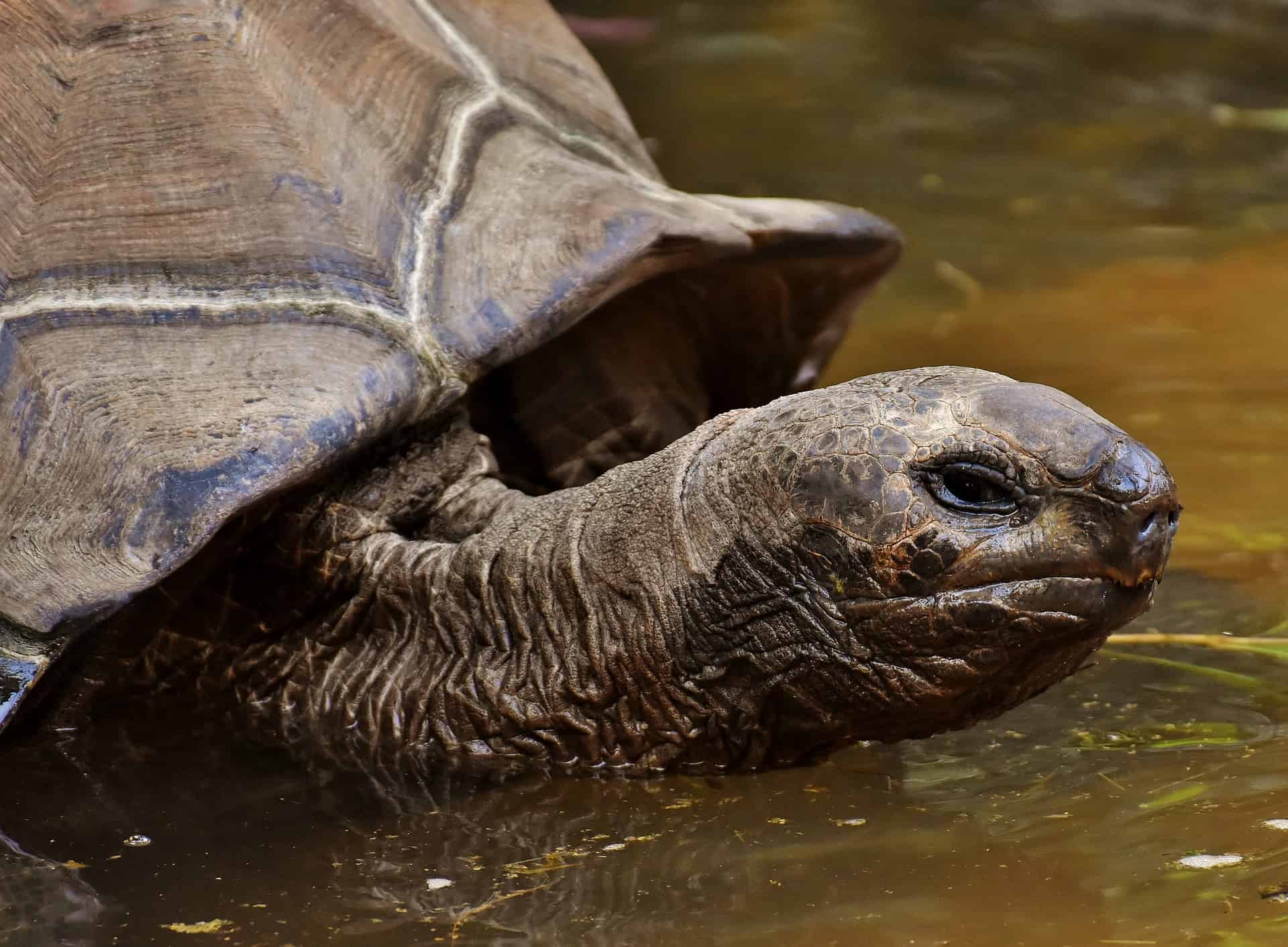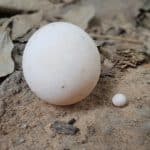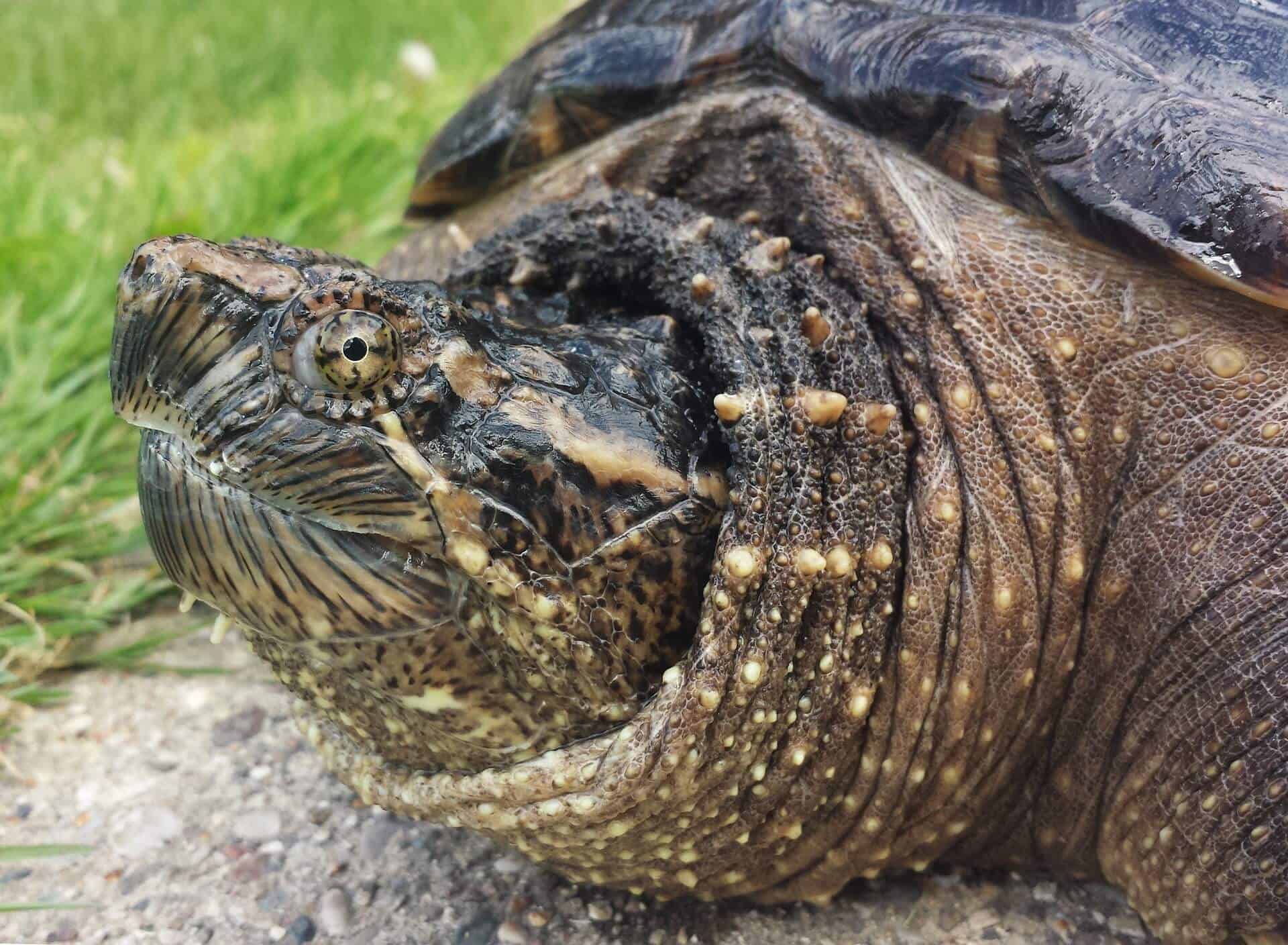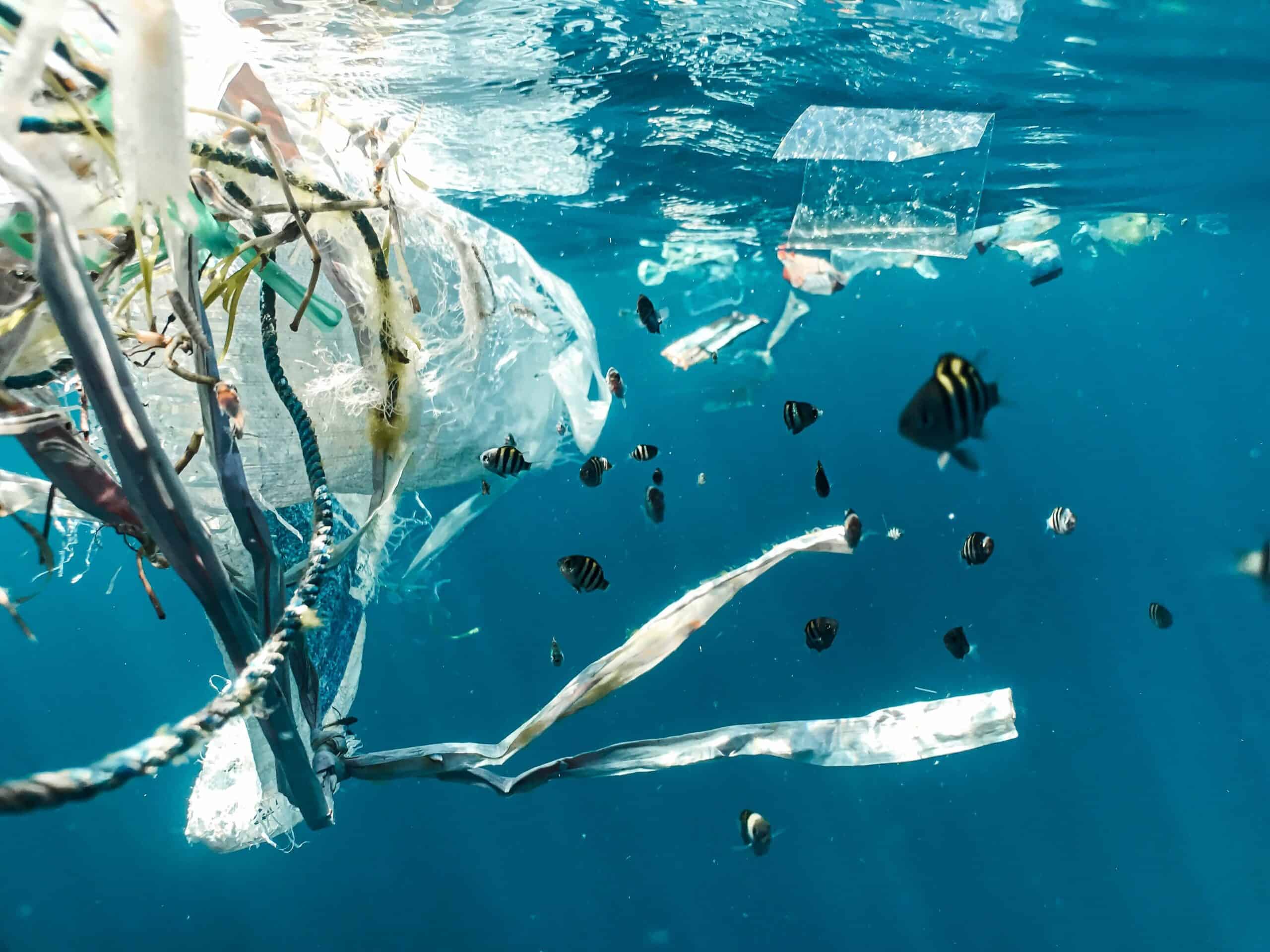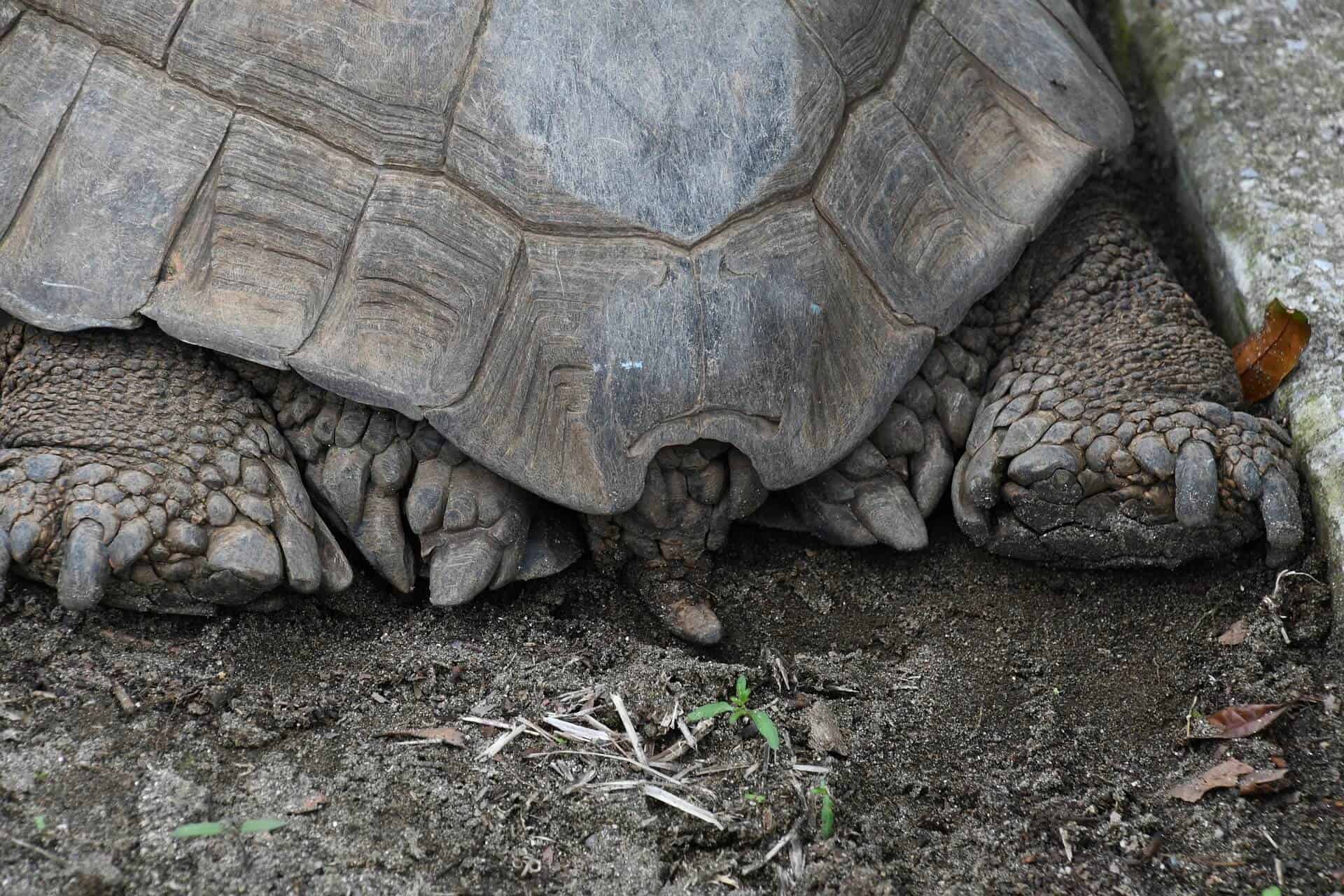Tortoise is not the fanciest of the reptiles but they are amazing in their own ways. Turtles belong to the order Chelonia.
One of the fanciest things about turtles that I like is their cartilaginous shell. The shell is developed from its back ribs and acts as a shield.
I love the way young tortoise enters this world, read below to know how they lay eggs and other interesting things.
Where do tortoises lay eggs?
Tortoises generally lay their eggs on the ground. Tortoises are very picky when it comes to an appropriate site for nesting.
They incubate their eggs at places that receive sunlight throughout the day and are very well-drained.
Generally, hillsides facing south are the best spots to make nest sites. There is an advantage in choosing hillside as nesting side over flatlands as they are well-drained. Even in the case of floods water flows down easily from the hillsides due to slopes and prevents the flowing of eggs.
Another reason why south-facing sites are perfect is that these sights receive sunshine for longer durations, giving the much-required heat and warmth.
How do tortoises find nesting sites?
It is extremely important for the tortoise to select comfortable sites to make their nest.
Tortoises use their nose to nudge down the ground and to check the appropriate soil and temperature. It is important to find the soil with appropriate moisture content and soil pliability otherwise the nest can collapse very easily.
After these inspections, if the female feels happy with the site, she starts digging in the area for nest building. The goal is to achieve a big bell-shaped hole, female tortoise uses long circular movements of her legs in downwards and forwards directions.
The suitable depth required for a perfect nest is approximately three times the length of her shell. After making a suitable nest, the tortoise lays eggs there, one by one.
How do tortoises lay eggs?
Tortoises generally lay eggs at a safe place after making nests. A female tortoise will lay eggs one at a time and then will use her back legs to roll down the eggs away from the drop shot, after doing this she lays another set of eggs.
This rolling down of eggs away from the drop shot area helps in two ways, firstly it avoids the cracking of eggs and secondly it coats the egg with soil giving extra protection to the eggs.
After laying down the clutch, the female tortoise usually covers up the eggs with soil and tries to flatten them with her plastron. It helps in making their eggs non-identifiable from the surroundings to give them protection from predators.
The eggs after nesting are left untouched for incubation, eggs get naturally incubated by soil temperature. The suitable temperature required for natural incubation is around 30 degrees celsius.
What happens if a turtle lays eggs in water?
If fertile eggs are drowned or dumped into the water, the eggs start drowning very slowly. It is not possible for turtle eggs to hatch in water.
Sea turtles’ eggs do not survive in water, For sea turtles’ eggs to hatch naturally they should be laid down on sandy beaches or slightly near the slopes.
During the developing stage of eggs, the embryo breathes through the membrane of eggs, if the eggs are underwater it becomes hard for the embryo to breathe. As a result, the embryo dies.
Is it okay to touch turtle eggs?
No, I will recommend you not to touch turtle eggs. It can be fatal for the young developing embryo.
Turtle eggs are different from eggs of birds, they are not hard and stiff like birds egg. Touching or handling them after they are placed in the incubation period is strictly prohibited.
Can a female Turtle/ Tortoise lay eggs without a male?
Yes, a female turtle and tortoise can lay eggs without a male.
Just like some birds such as chickens and ducks, if the female tortoise is not able to fertilize its eggs with the help of a male partner, she will lay the unfertilized eggs anyhow.
This does not mean you will get a steady supply of eggs from them as tortoise lay eggs only once a year.
What is the hatching period of tortoise eggs?
The normal hatching of tortoise eggs takes around 60 days.
Tortoise eggs normally take around 2 to three months to hatch completely. After hatching the nestling remains in the nesting cavity for some time. This helps the nestling in absorbing the yolk from the eggs.
The nestlings begin their own journey and set out for an adventure after completely absorbing the yolk.
Related Questions:
Will my turtle lay eggs in water?
No, generally turtle does not tend to lay eggs in water, as there are very few chances for the survival of eggs.
Can turtle eggs survive in water?
No turtle eggs do no survive in water, it happens because the embryo inside the eggs can not breathe properly when the eggs are underwater.
Can turtles survive in water?
No, it is not possible for turtles to survive completely underwater.
Turtles for a fact can remain underwater for longer periods but they can not breathe underwater, so they need to come on the surface to breathe.
Conclusion
In the life of reptiles, procreation is one of the most important events. So, Tortoise usually takes time to select a perfect place to lay eggs.
These reptiles lay eggs once a year and can lay unfertilized eggs as well. They generally do not lay eggs in water and look for a place that sunny and is well-drained.
The new ones face many challenges after hatching, they have to fight bad weather conditions and many deadly predators to win the race of life and death.

